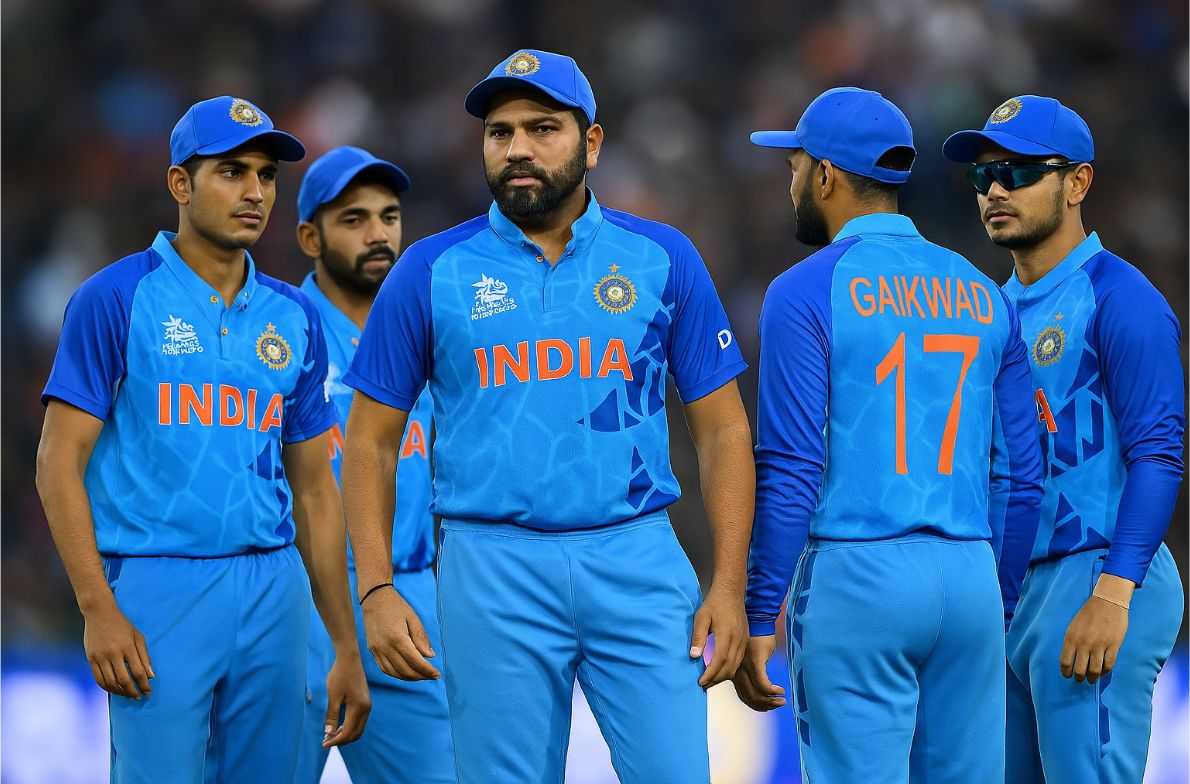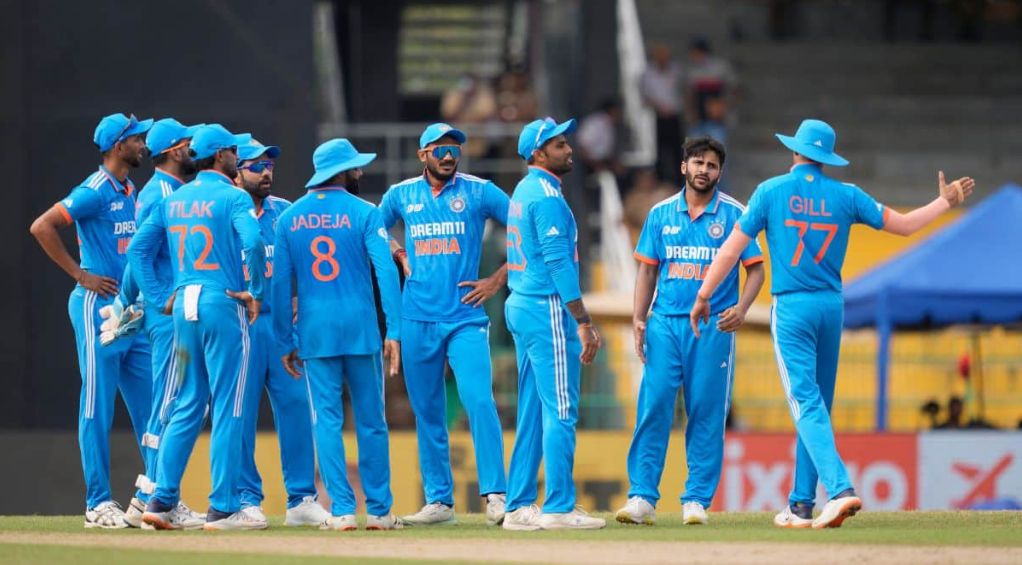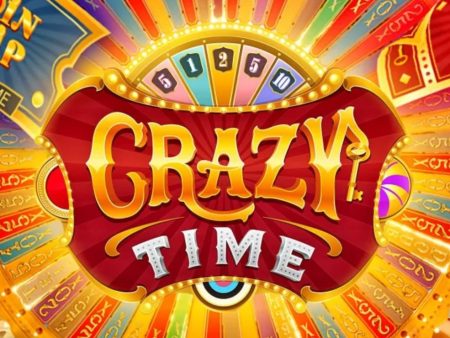The India national cricket team, known as the Men in Blue, has a rich history that dates back to the early 20th century. Over the decades, the team has transformed from being underdogs to one of the most formidable teams in international cricket. This article delves into the journey, achievements, and key players of the Indian cricket team, highlighting its significant contributions to the sport.
India National Cricket Team: a legacy of excellence
The India national cricket team, known as the Men in Blue, has a rich history that dates back to the early 20th century. Over the decades, the team has transformed from being underdogs to one of the most formidable teams in international cricket. This article delves into the journey, achievements, and key players of the Indian cricket team, highlighting its significant contributions to the sport.
Early years and formation cricket
Cricket was introduced to India by the British in the early 18th century. The first recorded cricket match in India took place in 1721. The Indian national cricket team played its first Test match on June 25, 1932, at Lord’s in England, becoming the sixth team to be granted Test status. Led by C.K. Nayudu, the team struggled initially but gained valuable experience.
1000 euro
Gift for the first deposit.
Get a 100% bonus on your first deposit up to €1000. + 100 free spins.
₹100,000
Gifts from 1st to 5th deposit.
Get a bonus from 50 to 100% on deposits. For your first five deposits, you can get up to 20,000 rupees for each of them. + up to 250 FS.
2000 euro
Gift for the first deposit.
Get a 150% bonus on your first deposit up to €2000. + 50 free spins.
The 1970s and 1980s marked a turning point for Indian cricket. The team’s first major triumph came in 1971 when they won their first Test series in the West Indies and England under the leadership of Ajit Wadekar. This era also saw the emergence of legendary players like Sunil Gavaskar and Kapil Dev.
India’s most significant achievement came in 1983 when they won the Cricket World Cup under Kapil Dev’s captaincy. The victory at Lord’s was unexpected but transformed Indian cricket, inspiring a generation of cricketers. India defeated the mighty West Indies in the final, marking the beginning of a new era.
The 1990s and early 2000s were dominated by Sachin Tendulkar, often regarded as one of the greatest batsmen in cricket history. Tendulkar’s records and consistency brought global recognition to Indian cricket. Alongside Tendulkar, players like Anil Kumble, Sourav Ganguly, and Rahul Dravid played pivotal roles in India’s success.
Modern Era and continued success cricket
The 21st century has seen India emerge as a cricketing powerhouse. The appointment of M.S. Dhoni as captain in 2007 led to a period of unprecedented success. Under Dhoni’s leadership, India won the inaugural T20 World Cup in 2007, the ICC World Cup in 2011, and the ICC Champions Trophy in 2013.
The current era, led by players like Virat Kohli, Rohit Sharma, and Jasprit Bumrah, has seen India consistently perform well across all formats. The team’s depth and talent pool have made them a dominant force in world cricket.
Key players and contributions
- Sunil Gavaskar: The first player to score 10,000 runs in Test cricket, Gavaskar’s technique and tenacity were unparalleled.
- Kapil Dev: A charismatic all-rounder and captain, his 1983 World Cup-winning performance remains iconic.
- Sachin Tendulkar: Known as the “God of Cricket,” Tendulkar holds numerous records, including the most runs in both Test and ODI cricket.
- M.S. Dhoni: Renowned for his calm demeanor and finishing abilities, Dhoni is one of India’s most successful captains.
- Virat Kohli: A modern-day great, Kohli is known for his aggressive batting and leadership.
Indian cricket – global growth of the sport
Indian cricket has significantly contributed to the global growth of the sport. The Indian Premier League (IPL), launched in 2008, has revolutionized cricket with its format, attracting international players and huge audiences. The financial success of the IPL has also benefited domestic players and improved the infrastructure for the sport in India.
The India national cricket team’s journey from its humble beginnings to becoming a cricketing giant is a testament to the passion and dedication of its players and fans. With a blend of legendary players and emerging talents, the future of Indian cricket looks promising. The Men in Blue continue to inspire millions and contribute to the global appeal of the sport.
India’s National Cricket Team Today
India’s national cricket team continues to be one of the most influential and powerful sides on the global stage. With generational shifts and the emergence of new stars, Indian cricket is undergoing a dynamic transformation while preserving its traditions and spirit.

Following the retirement of legends like Mahendra Singh Dhoni and Gautam Gambhir, the team has been rejuvenated and given a new face. Now, the spotlight is on bright young talents such as Shubman Gill, Ruturaj Gaikwad, and Ishan Kishan. They bring aggression and freshness to the squad, combining technical skill with an attacking playing style that fans love.
The team’s captain, Rohit Sharma, confidently leads both veterans and newcomers, blending strategic thinking with on-field charisma. His experience, especially in the T20 and ODI formats, helps India maintain consistent and effective performances.
Tactical changes and the coaching staff
With Rahul Dravid stepping in as head coach, the team has gained structure and a clear development strategy. Under his leadership, the focus is not only on physical fitness and technique but also on players’ mental resilience. Special attention is given to building a strong bench, allowing for successful squad rotation without compromising performance quality.
India on the international cricket stage
In recent years, India has consistently ranked among the favorites in major tournaments — from World Cups to Asian competitions. In the final of the 2023 World Test Championship, India battled Australia, showcasing a high level of skill. Despite missing out on the trophy, the team earned praise for its tactical maturity and fighting spirit.

Moreover, the Indian squad continues to dominate in the T20 format, where its aggressive style and deep lineup make it a formidable opponent for any top-tier team.
Cricket in India — A professional passion
Cricket in India is more than just a sport. It is a culture, a religion, and a way to unite millions. Every national team match becomes a national event — from backyard broadcasts in villages to massive public screenings in cities. The national team reflects the hopes and pride of an entire nation.
Indian cricket is moving toward even greater professionalism. The development of academies, investments in infrastructure, analytical technologies, and sports science have become an everyday part of team preparation. The new generation grows up idolizing cricketing heroes, and fierce competition for spots in the squad drives the level of play ever higher.
Today, India’s national cricket team is a fusion of tradition and innovation, experience and youth, strategy and inspiration. And by the looks of it, the best chapters of this story are still to come.











